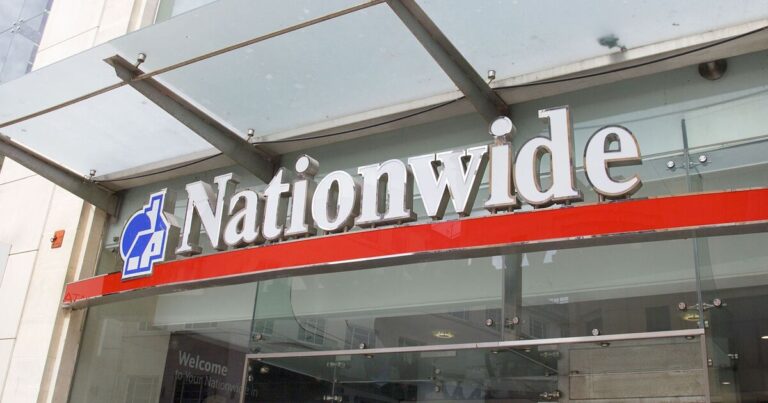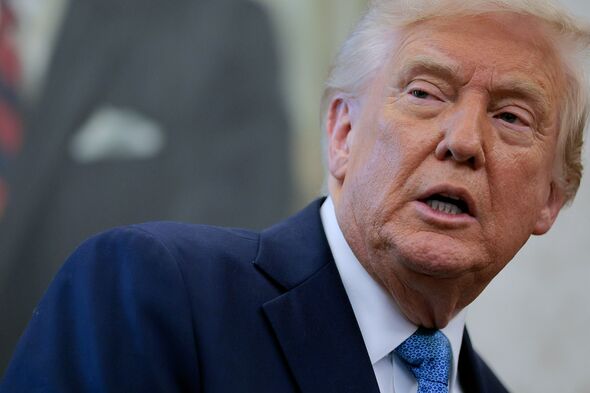Last updated:
 Why Trust Cryptonews
Why Trust Cryptonews

DBS Bank has partnered with digital payment provider Ant International to launch a blockchain-based treasury and liquidity management solution.
In a Tuesday press release, DBS announced the pilot launch of its DBS Treasury Tokens, marking the bank’s use of blockchain technology for financial services.
The DBS Treasury Tokens, which are set to be utilized by Ant International, operate on DBS’s permissioned blockchain.
This blockchain is specifically designed to cater to DBS entities across various markets, allowing for instant and multicurrency treasury and liquidity management.
DBS’s Permissioned Blockchain is Compatible With EVM
A permissioned blockchain, sometimes referred to as a private blockchain, is distinct in that it includes an access control layer.
This layer ensures that only authorized participants can interact with the blockchain, adding a layer of security and control.
Unlike fully decentralized blockchains, permissioned blockchains like DBS’s combine distributed ledger technology (DLT) with centralized management, offering a balance between security and flexibility.
DBS has built its blockchain to be compatible with the Ethereum Virtual Machine (EVM), a widely used framework that enables the execution of smart contracts.
The integration of this EVM-compatible blockchain with the bank’s core payments engine enhances the system’s interoperability with various industry payment infrastructures, streamlining financial processes across different platforms.
Moreover, DBS’s blockchain has been integrated with Ant International’s treasury management platform, Whale.
The integration is expected to significantly improve the management of intragroup liquidity, providing uninterrupted and optimized workflow and visibility for Ant International.
The Whale platform, which leverages artificial intelligence and encryption, further enhances the transparency and efficiency of fund transfers, adding another layer of innovation to the collaboration.
This initiative is part of DBS’s broader exploration into the benefits of tokenization.
The bank has applied knowledge gained from its participation in the Monetary Authority of Singapore’s (MAS) Project Orchid and Project Guardian, both of which are focused on testing tokenization’s potential in financial services.
According to DBS, its Treasury Tokens are one of the key applications being tested under Project Guardian.
Tokenization Market Could Reach $16T by 2030
A report by the Global Financial Markets Association (GFMA) and Boston Consulting Group estimates the global value of tokenized illiquid assets will reach $16 trillion by 2030.
Even more conservative estimates from Citigroup suggest that $4 trillion to $5 trillion worth of tokenized digital securities could be minted by 2030.
Recognizing this potential, major companies are making significant moves in the tokenization space.
Goldman Sachs, for instance, plans to launch three new tokenization products later this year, driven by growing client interest.
Some protocols have played a significant role in driving this growth, particularly in terms of active users.
Digital carbon market platforms like Toucan and KlimaDAO, as well as the real estate tokenization protocol Propy, have experienced substantial user growth.
It is worth noting that both public and private blockchains are witnessing the inclusion of various assets.
Some of the more notable examples include Franklin Templeton’s U.S. Government Money Fund expanding from Stellar to Polygon, Backed Finance launching a tokenized short-term U.S. treasury bond exchange-traded fund (ETF), and UBS Asset Management deploying a tokenized money market fund (MMF) on the Ethereum blockchain.

















